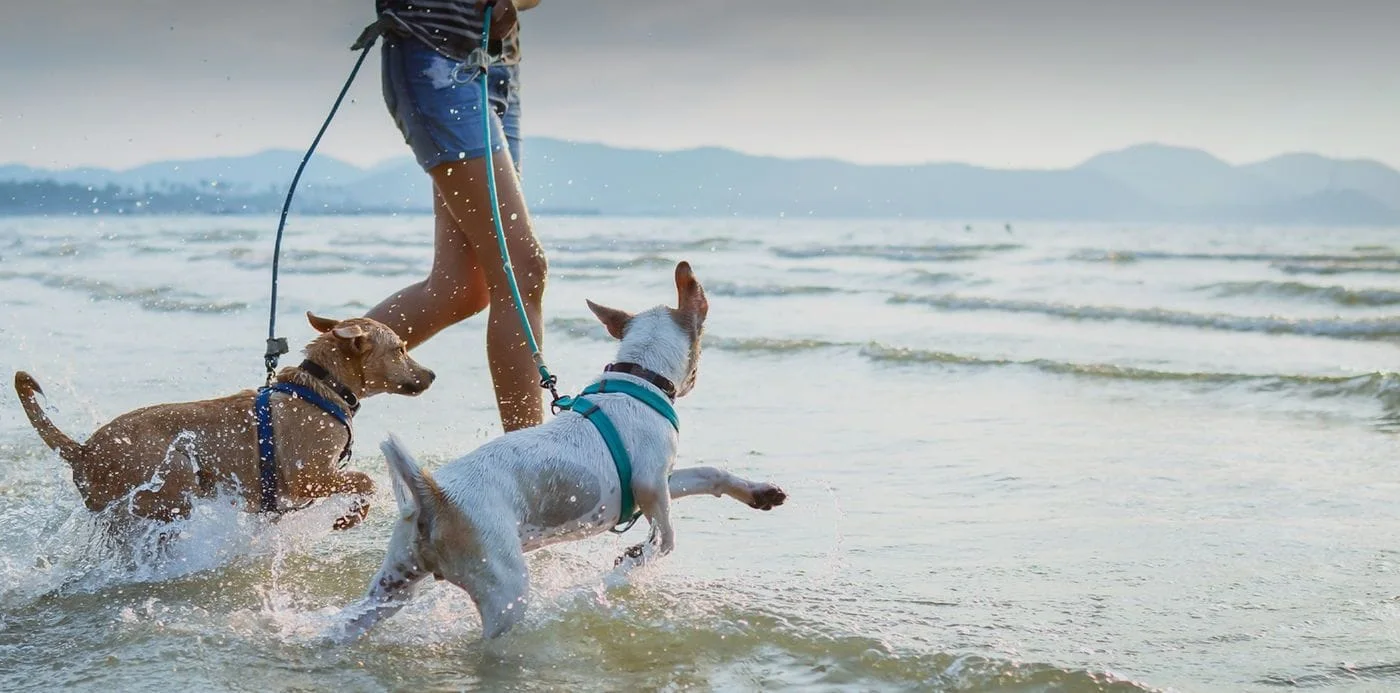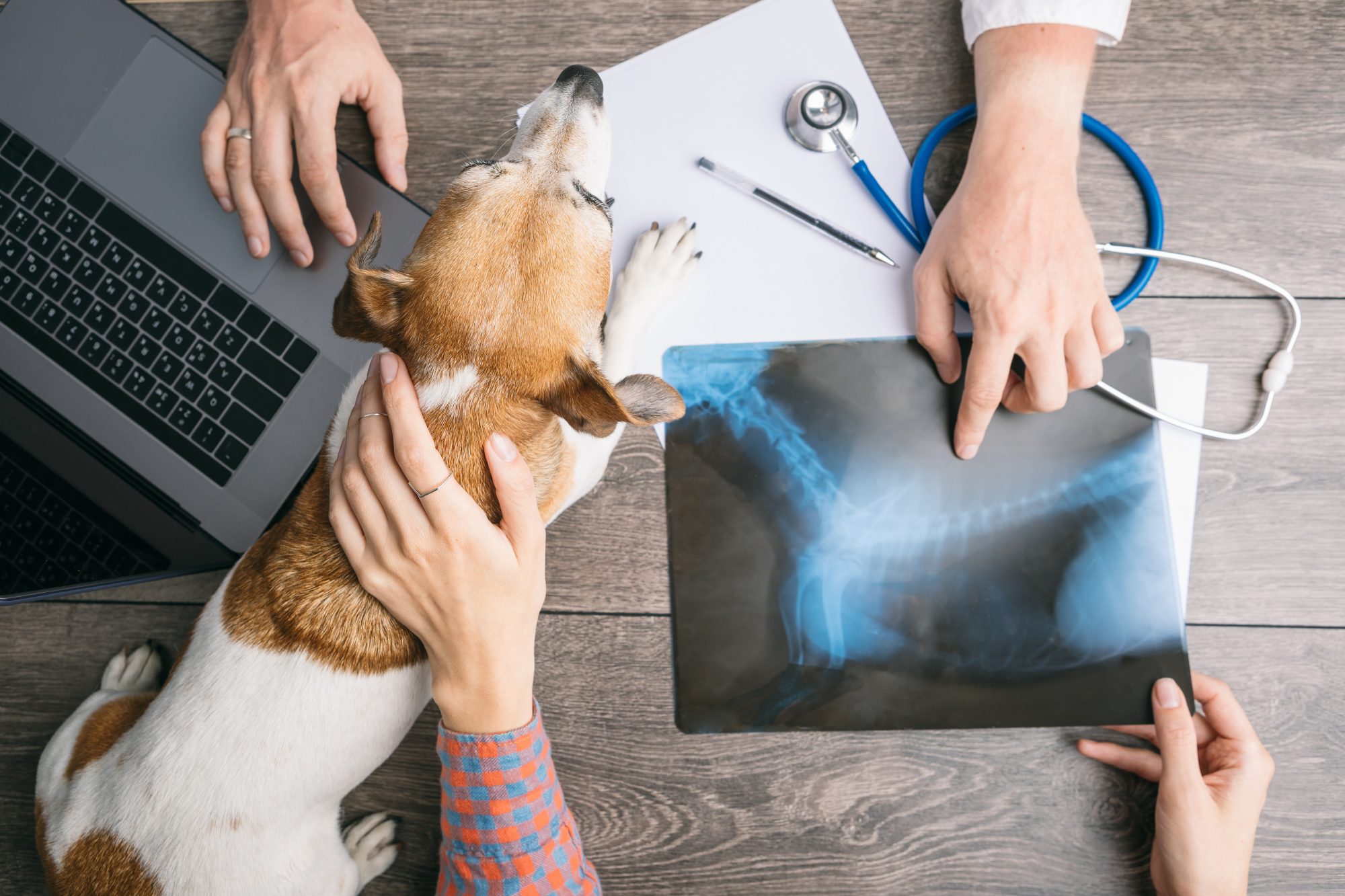How to Prepare Your Pet and Home for canine tplo surgery Recovery
Why Pet Rehab Is Crucial: the Perks of Veterinarian Services for Your Animal's Recovery
Pet recovery is a crucial component of recuperation for animals facing injuries or disabilities. Veterinary solutions give vital assistance via customized rehab strategies that resolve individual requirements. These strategies frequently consist of pain monitoring, physical therapy, and dietary advice. Comprehending the different facets of animal rehab can brighten its value in enhancing healing end results. What particular benefits do these solutions use, and exactly how can they change a pet dog's recovery trip?
Understanding Pet Rehab
Animal rehab incorporates a variety of restorative practices focused on restoring the health and wellness and functionality of hurt or handicapped animals. This area integrates various strategies, consisting of physical treatment, hydrotherapy, and work treatment, tailored to fulfill the certain requirements of each animal. Recovery experts assess an animal's condition, developing personalized therapy plans that might include exercises to reinforce muscle mass, improve flexibility, and boost general well-being. The procedure not only concentrates on physical recovery however additionally addresses psychological and behavior facets. Animals often experience stress and anxiety and anxiousness following an injury, making psychological health considerations essential in rehab. By developing an encouraging environment, specialists can aid animals restore their confidence and adjust to their brand-new situations. Through routine sessions, animals can experience substantial enhancements, inevitably leading to a much better top quality of life. In general, comprehending animal rehab highlights its value in advertising healing and improving the bond between family pets and their proprietors.
The Function of Discomfort Administration in Recovery
How important is efficient discomfort monitoring in the recovery of hurt animals? It plays a vital function in promoting recovery and enhancing the overall health of pets. Proper discomfort monitoring not just minimizes pain yet also promotes movement, allowing animals to take part in rehab activities necessary for recuperation. When pain is effectively managed, animals tend to respond favorably to therapy, causing quicker rehabilitation outcomes.Veterinarians use different approaches to assess and deal with discomfort, consisting of medications, acupuncture, and alternative treatments. By customizing pain administration techniques to the private demands of each animal, veterinarians can ensure that pets remain calm and cooperative throughout their recovery journey. Furthermore, minimizing discomfort assists lower stress, which can hinder healing and extend healing times. To summarize, reliable pain management is vital for enhancing the recuperation process and boosting the quality of life for damaged animals.
Physical Therapy Methods for Animals
Countless physical therapy methods are readily available to aid in the recovery of pets recouping from injuries or surgeries (tplo surgery for dogs). These techniques can enhance movement, eliminate discomfort, and advertise healing. Restorative exercises, as an example, aid enhance muscular tissues and enhance joint function, allowing animals to regain their physical capacities gradually. Hand-operated treatment, which consists of massage therapy and mobilization, can ease tension and enhance flow, adding to a faster recovery.Other methods such as easy variety of movement workouts encourage joint versatility and reduce stiffness. Furthermore, electric stimulation treatment may be employed to stimulate nerves and muscular tissues, advertising healing and discomfort relief.Veterinary professionals typically tailor these methods to each family pet's details requirements, ensuring a thorough rehabilitation plan. By carrying out these physical therapy methods, animals can experience enhanced lifestyle and a much more effective recuperation from their disorders. The assimilation of these techniques right into recovery programs is necessary for suitable recuperation results
Benefits of Hydrotherapy for Rehab
Hydrotherapy offers substantial advantages in pet rehab, particularly in boosting flexibility. This water-based treatment advertises discomfort relief while providing comfort to harmed or recouping animals. In addition, it helps with strength-building workouts that contribute to total physical recuperation.
Improved Wheelchair Improvement
As animals recover from injuries or surgical procedures, boosted flexibility usually becomes a main goal of their recovery. Hydrotherapy works as a beneficial device in achieving this goal. Through water-based exercises, pets can participate in low-impact motions that assist in joint wheelchair and enhance muscle mass without the anxiety of weight-bearing tasks. The buoyancy of water sustains their bodies, permitting raised series of motion and wheelchair improvement. Furthermore, hydrotherapy motivates far better balance and coordination, which are important for recovering regular motion patterns. Regular sessions can cause substantial development in a pet's physical abilities, inevitably enhancing their top quality of life. This method not just aids in recuperation however also promotes an extra active and satisfying way of living post-rehabilitation.
Discomfort Alleviation and Comfort

Remedy for pain is an important aspect of animal recovery, and hydrotherapy significantly contributes to this procedure. By making use of water's buoyancy, hydrotherapy lowers joint anxiety and eases discomfort during movement. This therapeutic strategy supplies a relaxing setting where animals can take part in mild exercises without the complete weight of their bodies impacting their healing. The cozy water promotes blood flow, advertising recovery while also encouraging leisure. In addition, hydrotherapy sessions can be customized to satisfy the specific needs of the pet, guaranteeing excellent comfort. As pet dogs experience minimized discomfort and boosted comfort levels, their overall willingness to take part in rehab tasks typically boosts, resulting in a more efficient recuperation journey. Hydrotherapy serves as a vital tool in enhancing discomfort relief and comfort during rehab.
Strength Structure Workouts
Strength-building workouts play an important function in the recovery process, with hydrotherapy offering special benefits. This type of therapy uses water resistance to boost muscle toughness without placing too much strain on the joints. The buoyancy of water sustains the pet dog's weight, allowing for safer motion and enhanced series of activity. Furthermore, hydrotherapy can boost cardiovascular health and advertise general health and fitness, helping in much faster recuperation from injuries or surgeries. The controlled setting additionally lessens the threat of reinjury, making it an ideal choice for pet dogs requiring rehab. Regular hydrotherapy sessions can cause visible enhancements in flexibility, toughness, and endurance, eventually enhancing the animal's lifestyle and capacity to go back to regular activities.
Value of Custom-made Rehab Strategies
Personalized rehab plans are crucial for dealing with the special requirements of each animal, guaranteeing customized therapy strategies. These strategies enable effective progress tracking and necessary modifications, cultivating ideal recovery results. Furthermore, an alternative method can improve the general well-being of the animal, advertising an extra comprehensive rehabilitation experience.
Individualized Treatment Approaches
While many rehab programs adopt a one-size-fits-all technique, the distinct requirements of each pet demand individualized therapy plans for ideal healing. Customized rehabilitation plans take into consideration numerous factors, consisting of the animal's types, age, clinical history, and specific injuries or conditions. By customizing treatments, vets can deal with each family pet's unique obstacles, taking full advantage of the effectiveness of the recovery procedure. Individualized plans may include various modalities such as physical treatment, hydrotherapy, and therapeutic workouts, guaranteeing that the treatment straightens with the animal's abilities and development. In addition, individualized techniques promote a more powerful bond between the animal and the caretaker, advertising an extra appealing and helpful recuperation setting. Ultimately, personalized therapy is vital for accomplishing ideal feasible end results in pet rehabilitation.
Progress Tracking and Adjustments

Holistic Recuperation Methods
Holistic recuperation techniques are important for reliable animal rehabilitation, as they stress the significance of customized treatment plans customized per animal's particular demands. This technique takes into consideration the physical, emotional, and ecological factors affecting healing. Custom-made rehabilitation plans may consist of a combination of physical treatment, nutritional therapy, and behavioral alterations. By attending to these varied elements, vets can enhance the general health of the pet and promote a faster healing. Such tailored approaches help with a much deeper understanding of the pet's one-of-a-kind challenges, leading to more reliable interventions. Ultimately, all natural healing methods not only boost physical wellness but also add to the pet's mental and emotional stability, making sure a complete rehabilitation experience.
The Influence of Nutrition on Healing
Nutrition plays an important duty in the recovery procedure for refurbishing animals, frequently establishing the speed and effectiveness of recovery. A healthy diet plan supplies the required nutrients that sustain tissue repair, increase the body immune system, and improve general vigor. Protein is especially vital, as it assists in muscular tissue rebuilding and healing from injuries. Essential fatty acids, vitamins, and minerals likewise add to minimizing swelling and promoting optimal cellular function.Veterinarians frequently stress the relevance of customized nourishment plans, taking into consideration each animal's certain needs, age, and health and wellness condition. Appropriate hydration is just her comment is here as essential, as liquids facilitate vitamins and mineral absorption and aid in detoxification. By ensuring that family pets obtain ideal nutrition, caretakers can greatly enhance their possibilities of an effective recovery, leading to far better long-term wellness outcomes. Inevitably, nourishment acts as a fundamental component in the rehab journey, sustaining animals in reclaiming strength and strength post-injury or ailment.
Success Stories: Family Pets Who Thrived After Rehab
Successful recovery tales abound, showcasing the durability of family pets who have conquered significant obstacles. Take, for example, Bella, a gold retriever who experienced serious injuries from an automobile mishap. With dedicated veterinary care and a thorough rehabilitation program, she regained her wheelchair and went back to her playful self, much to her proprietor's delight. Max, an elderly feline diagnosed with arthritis, experienced impressive enhancement with a combination of physical therapy and discomfort administration. His newly found agility enabled him to appreciate his favorite sunbathing spots once again. One more inspiring instance is that of Coco, a saved greyhound that overcame anxiousness with behavior alteration and socialization strategies, enabling her to flourish in her new home. These success tales exhibit the transformative power of pet rehab, stressing that with the right support, family pets can not just recoup but lead satisfying lives, enriching the bonds they show to their families.
Regularly Asked Concerns
How Lengthy Does the Rehabilitation Refine Normally Consider Animals?
The rehab process for pets typically differs based upon the injury or problem, ranging from a few weeks to several months. Specific development, treatment kind, and commitment to exercises substantially influence the general period of recovery.
Are There Any Type Of Risks Connected With Pet Rehabilitation?
Pet rehab may lug risks such as worsening of injuries, incorrect methods our website resulting in pain, or insufficient surveillance throughout recovery. These elements can impede development and influence the total performance of the recovery process.

Can All Pets Gain From Rehabilitation Solutions?
Not all family pets might call for rehab, however several can benefit considerably. Recovery solutions can improve wheelchair, reduce pain, and improve general health, especially for those recovering from injuries, surgical treatments, or persistent problems.
How Can I Prepare My Pet for Rehabilitation Sessions?

What Signs Suggest My Family Pet Demands Rehabilitation?
Indications showing a pet dog might require recovery consist of trouble strolling, limping, reduced activity levels, reluctance to jump, or signs of pain. Observing these behaviors can prompt owners to seek specialist evaluation and treatment for their animals.